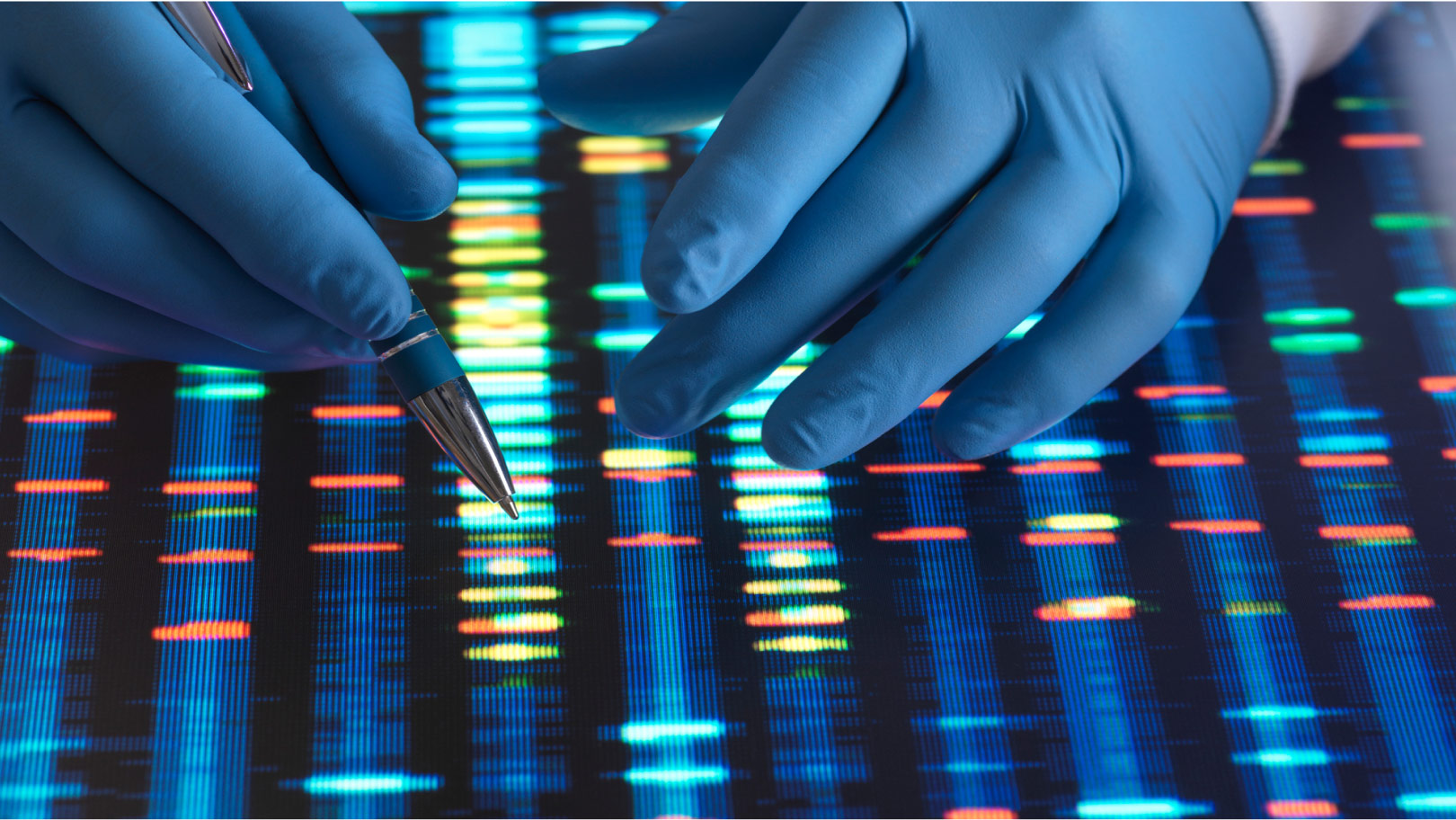AstraZeneca
AstraZeneca Provides Life-Saving Treatments Faster with Docusign eSignature
85% of AstraZeneca's agreements now take less than one day

As one of the leading medical device manufacturers in the world, BD employs a workforce of 70,000 across over 100 locations globally. Even before the onset of the COVID-19 crisis, the company was on a mission to advance the world of health, building technologies that enable laboratory research. The company provides innovative solutions to advance research in areas such as the diagnosis and treatment of infectious disease and cancer, medication management, infection prevention, surgical and interventional procedures and more.
When the pandemic hit, looking at healthcare through a global lens became even more pertinent—and made BD’s work all the more urgent. But, like many other organizations, BD encountered challenges when the majority of its workforce was forced to operate remotely. The company needed a compliant, efficient way to get documents executed, while keeping productivity high.
Before COVID, BD began using Docusign to streamline the execution of documents that don’t fall under strict compliance regulations, such as sales contracts. But at the height of the pandemic, BD was tasked with distributing infusion pumps for COVID research. Because these devices were part of the Emergency Use Authorization process, certain approvals were required and the need for an electronic signature solution that guarantees compliance became apparent. That’s when BD implemented the Part 11 module of Docusign for Life Sciences.
As part of its regular operations, BD supports complex agreement workflows with internal and external vendors. For instance, some of its manufactured products require FDA validation before going to market, a process that demands strict oversight and formal documentation. Before using Docusign, BD’s employees printed and mailed the documents associated with FDA validation, which was both wasteful and problematic from a legal standpoint.
Regulations prohibit employees from printing and signing sensitive documents at home, but while working remotely, they would have no other choice. BD planned to provide its employees with corporate computers, but doing so would have taken months and would further delay workers’ access to a secure, at-home document environment. The only viable alternative? Adopt a digital solution that would support their document workflows in the office and remotely, ensuring those all-important signatures are obtained efficiently.
“Like most companies, we had many other priorities. So, before the COVID-19 pandemic, this project kept getting pushed back,” says Dewey Phan, BD’s director of corporate quality. “We had an extremely strong business case for Docusign,” says Phan. “The pandemic was bad in a lot of obvious ways, but it also forced us to automate.”
Automation wasn’t the only thing BD was after. For BD, the need for compliance raised the stakes. Many of the quick fixes that were available to organizations in other industries wouldn’t provide the level of security and traceability that BD required.
Plus, to fully optimize business continuity, BD needed a cross-functional solution that could streamline document workflows throughout the organization. “We already had an e-signature solution for paperless contracts built into our SAP,” Phan explains. “So, we needed automation for the total product lifecycle—from research and development to supply-chain management and post-market surveillance.”
With its ability to automate regulated operations in a way that enhances compliance and auditability, Docusign for Life Sciences offered all of the capabilities that BD needed. To empower its employees with this solution at a critical time, BD acted fast. “We had to do this quickly to support our growing remote workforce,” says Phan.
“With Docusign, we were able to implement a completely new lifecycle management solution with validation in less than a month. We started shopping near the middle of March 2020 and were fully operational by the end of April.”
Dewey PhanDirector of Corporate Quality, BD
While most organizations were still trying to figure out how to navigate work during the pandemic, BD was already settled into the new normal. “Not only did we save time and boost employee productivity, but we also helped the environment by eliminating the paper waste that is part of legacy, manual processes,” explains Phan.
Related stories
